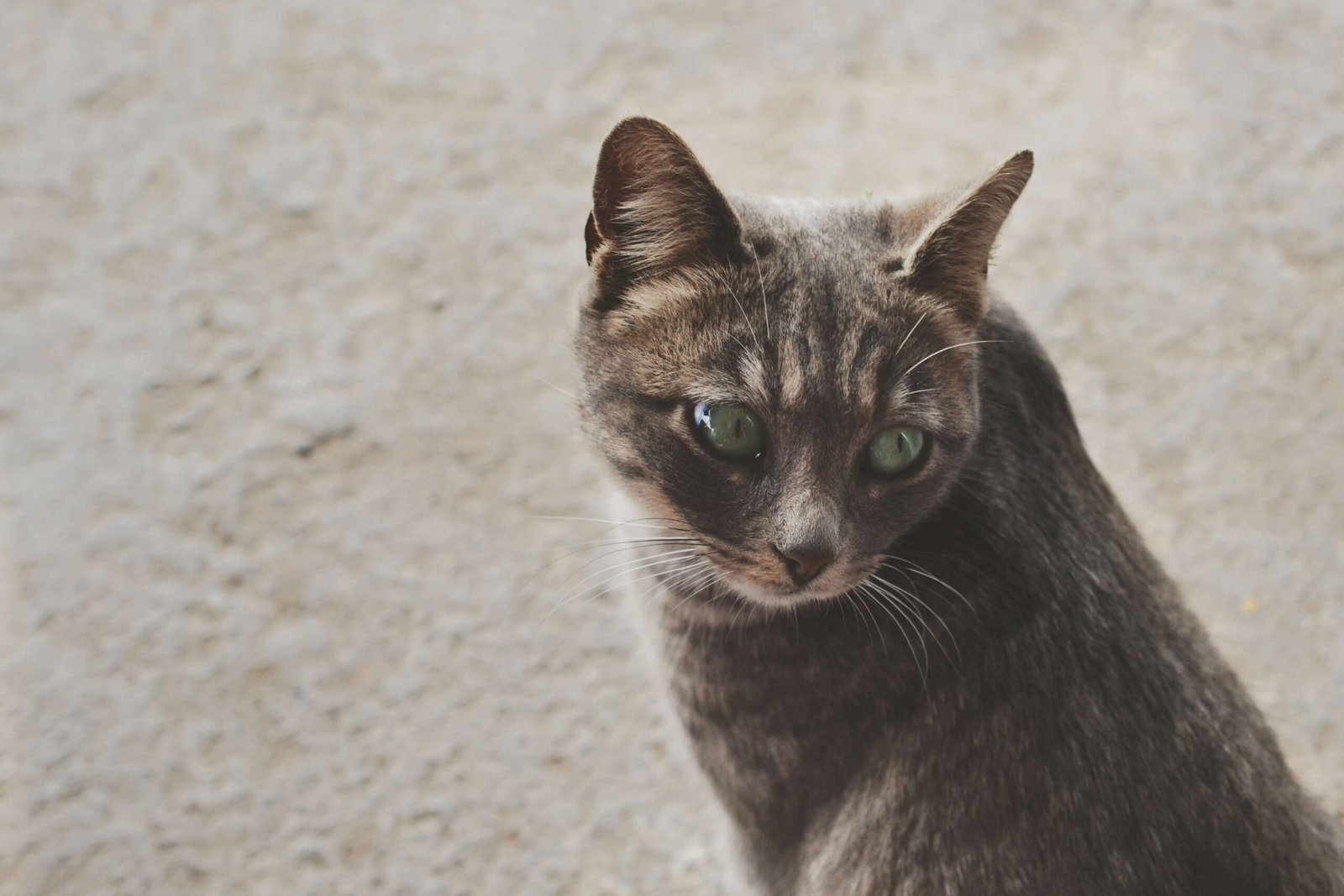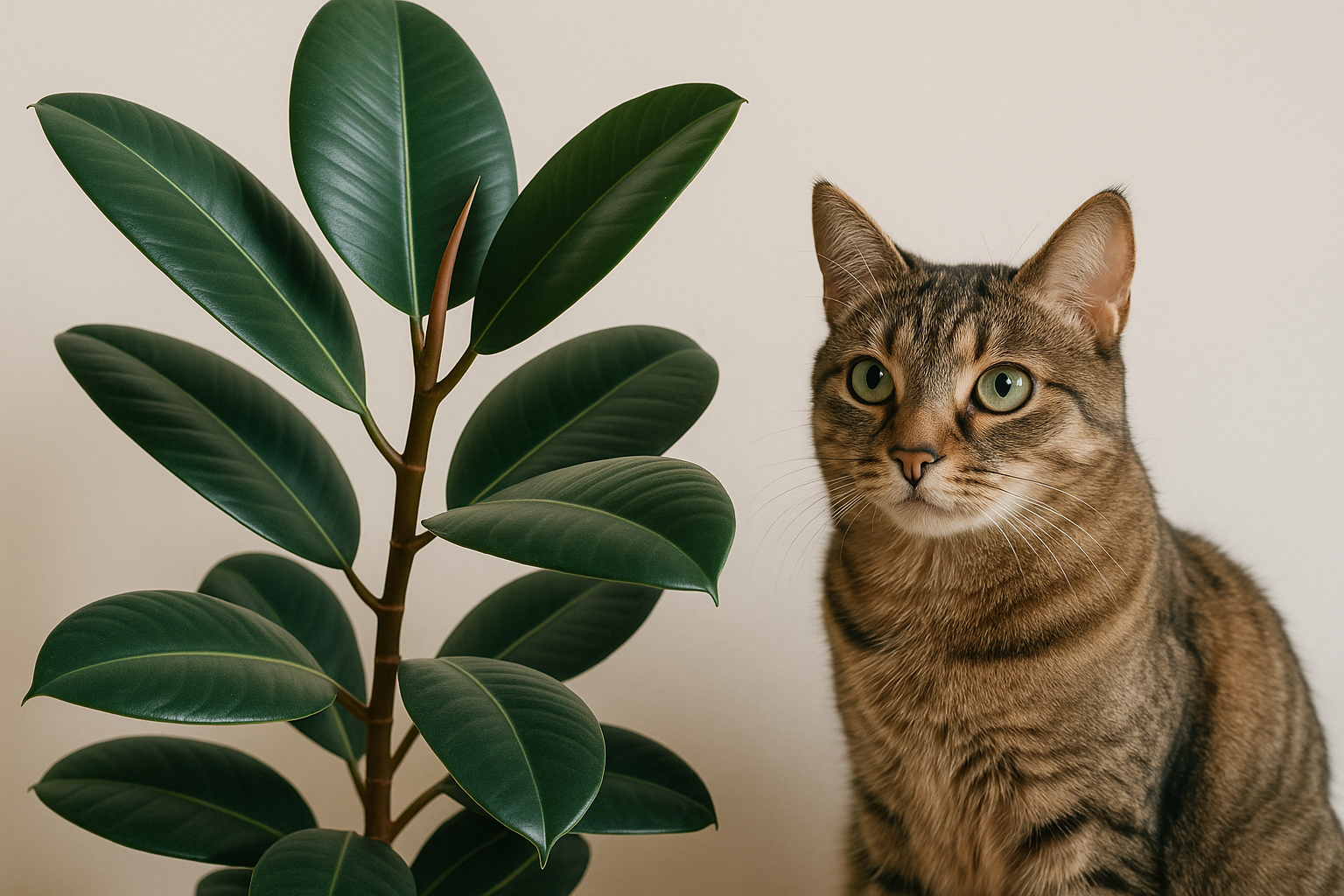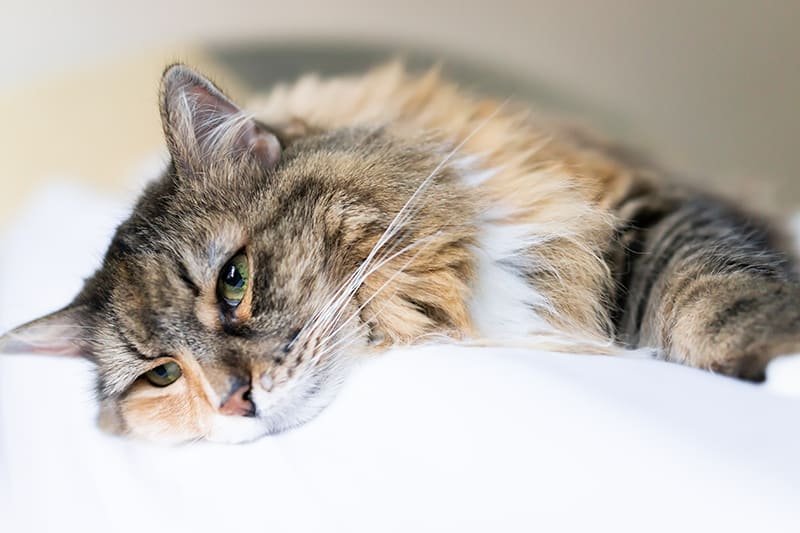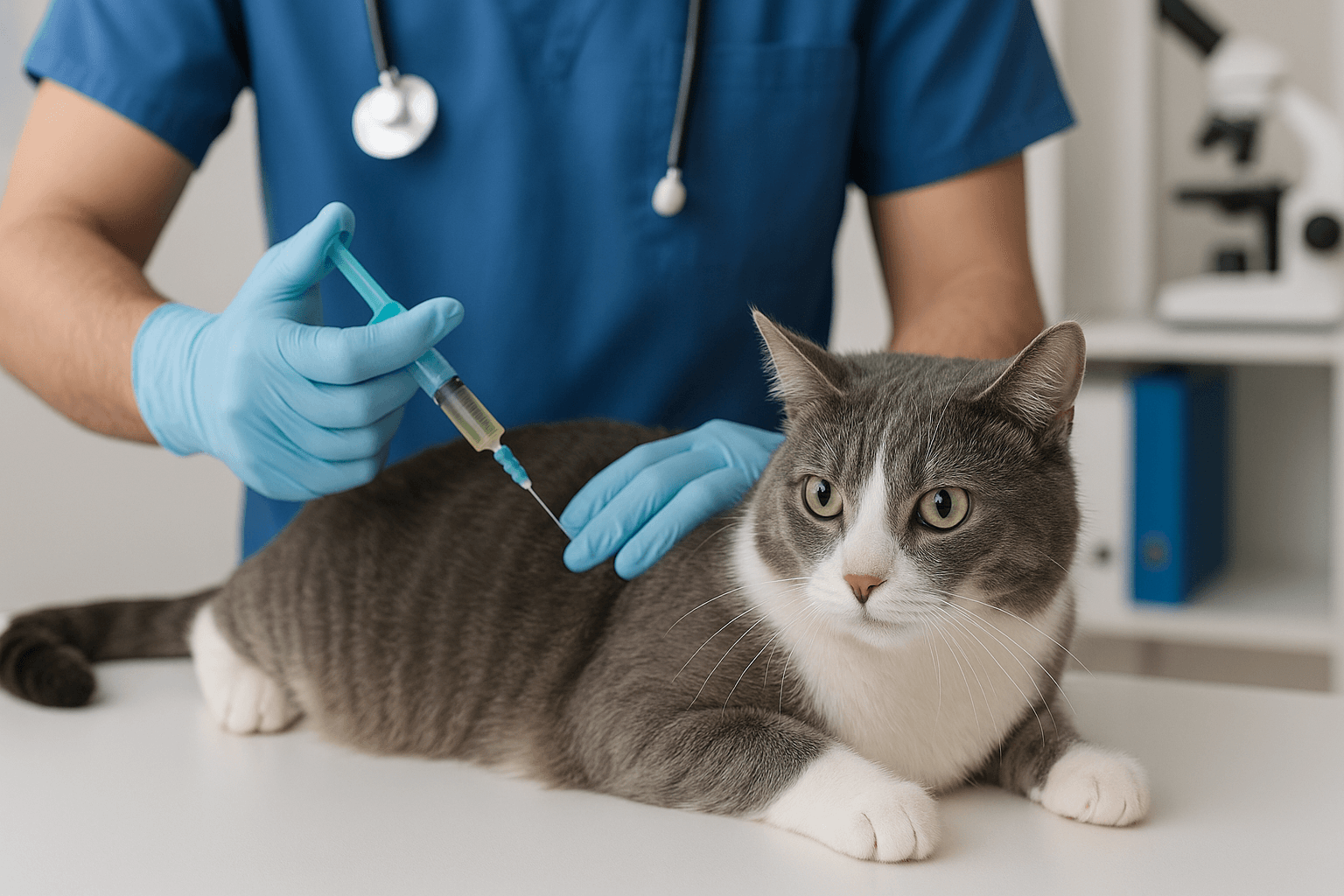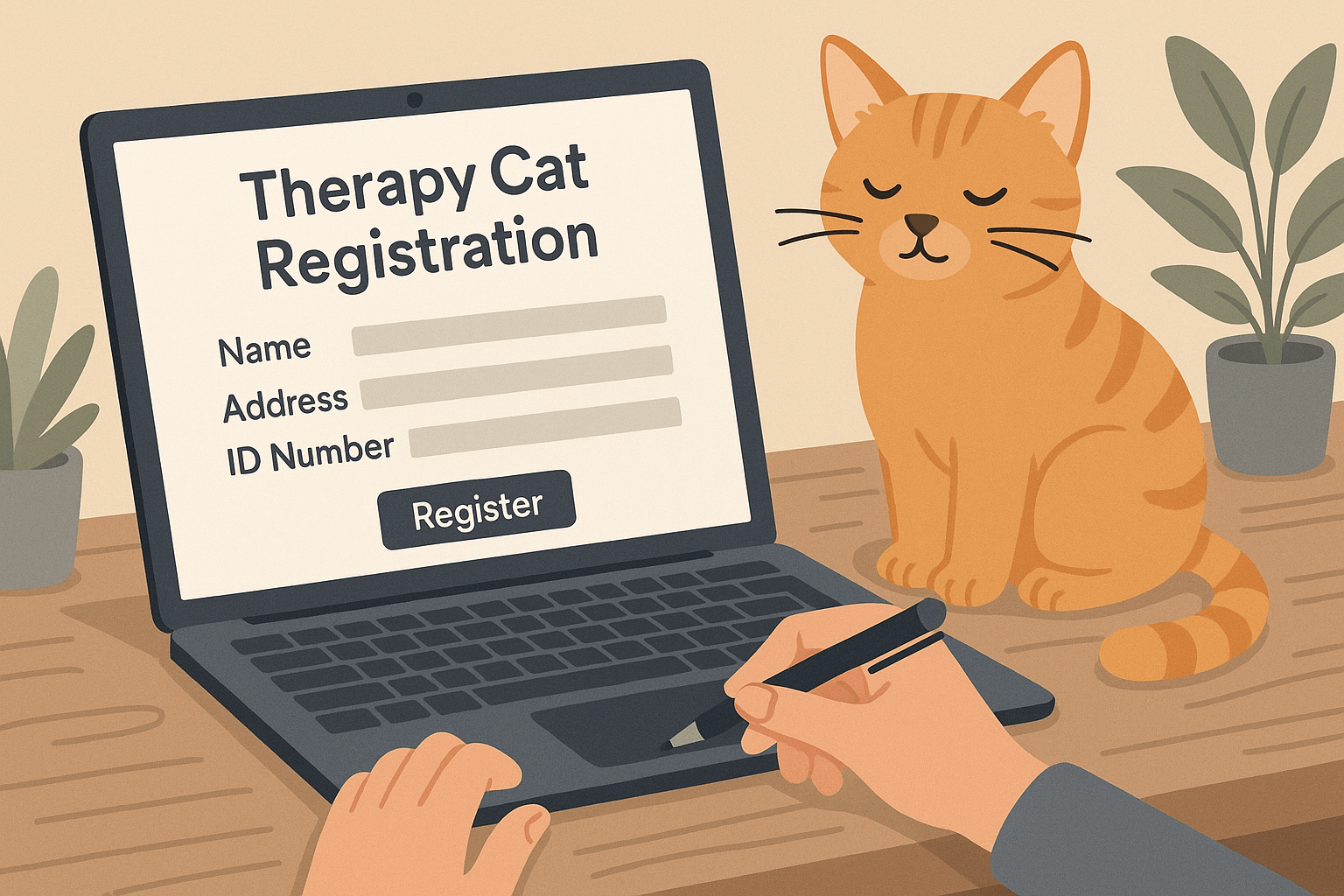Why Does My Cat Keep Peeing on the Carpet? Understanding and Solving the Problem
Dealing with a cat that repeatedly pees on the carpet can be frustrating and confusing for any pet owner. While cats are naturally clean animals, inappropriate urination often signals an underlying issue—whether it’s medical, behavioral, or environmental. The good news is that with patience and the right approach, you can identify the root cause and address the problem effectively. In this blog post, we’ll explore why your cat might be peeing on the carpet, how to stop this behavior, and tips to prevent it from happening again. Let’s dive in and restore harmony to your home!
Common Reasons Why Cats Pee on the Carpet
Understanding why your cat is peeing on the carpet is the first step toward solving the issue. Here are some common reasons:
Medical Conditions
Urinary tract infections (UTIs), bladder stones, or kidney issues can cause discomfort, leading cats to avoid the litter box.Litter Box Issues
A dirty, poorly located, or uncomfortable litter box may discourage your cat from using it.Stress or Anxiety
Changes in the household, such as new pets, loud noises, or moving homes, can trigger stress-related behaviors.Marking Territory
Unneutered cats, in particular, may spray or pee on carpets to mark their territory.Preference for Texture
Some cats simply prefer the softness of carpet over the texture of litter.
By identifying the specific reason behind your cat’s behavior, you can take targeted steps to resolve the issue.
How to Address the Problem Effectively
Once you’ve identified the cause, it’s time to take action. Here are practical steps to stop your cat from peeing on the carpet:
Visit the Veterinarian
Rule out medical issues by scheduling a vet check-up. Treating underlying health problems often resolves inappropriate urination.Clean the Carpet Thoroughly
Use enzymatic cleaners to remove all traces of urine odor. Cats are drawn back to spots they’ve marked if the smell remains.Improve Litter Box Hygiene
Scoop the litter box daily and replace the litter regularly to ensure it’s clean and inviting.Provide Multiple Litter Boxes
If you have more than one cat, provide one litter box per cat plus an extra one to reduce competition.Address Stress Triggers
Create a calm environment by minimizing changes, providing hiding spots, and using calming pheromone diffusers.
Taking these steps can help redirect your cat’s behavior and restore their proper use of the litter box.
Check this guide 👉What Color Is Cat Pee? Best 7 Health Tips!
Check this guide 👉Why Is My Cat Peeing on My Clothes? Best 7 Behavior Tips!
Check this guide 👉Why Does My Cat Pee Everywhere? Best 7 Expert Tips!
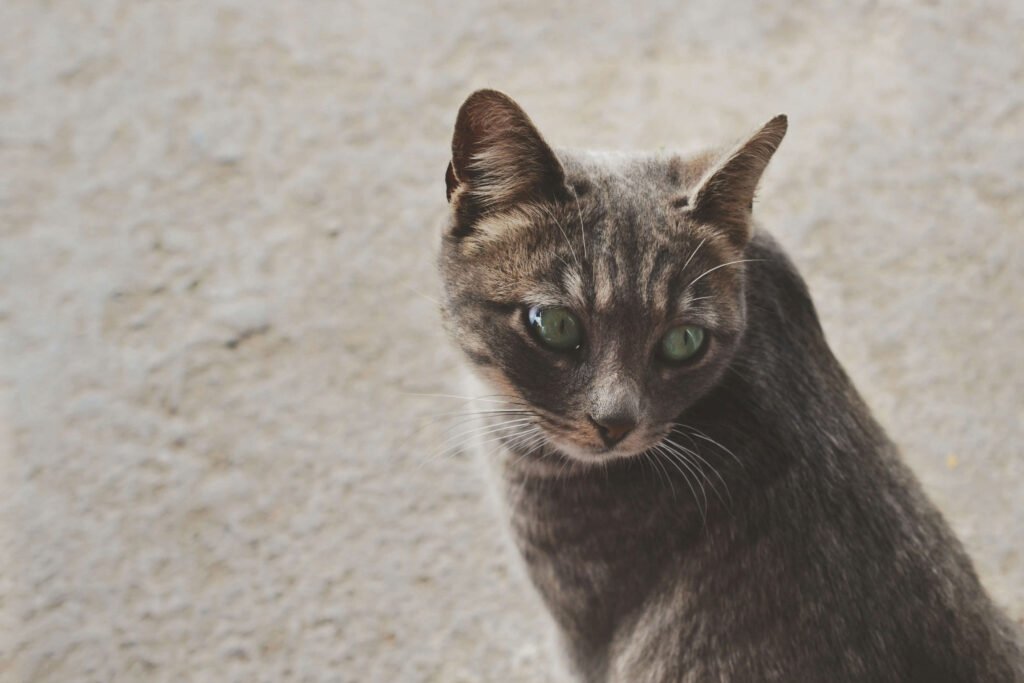
Solution | Benefit |
|---|---|
Veterinary Check-Up | Identifies and treats underlying medical issues |
Enzymatic Carpet Cleaner | Removes urine odors to prevent repeat incidents |
Regular Litter Box Cleaning | Encourages consistent litter box use |
Adding More Litter Boxes | Reduces competition among multiple cats |
Calming Pheromone Diffusers | Reduces stress and anxiety-related behaviors |
Preventive Measures to Avoid Future Incidents
Preventing your cat from peeing on the carpet in the future requires ongoing effort. Here are some preventive strategies:
Neuter or Spay Your Cat
Neutering reduces territorial marking behaviors, especially in male cats.Choose the Right Litter
Experiment with different types of litter to find one your cat prefers, whether it’s clumping, non-clumping, or scented.Place Litter Boxes Strategically
Ensure litter boxes are in quiet, accessible locations away from food and water bowls.Maintain a Routine
Cats thrive on consistency. Stick to a regular feeding, play, and cleaning schedule.Monitor Household Changes
Introduce new pets, furniture, or routines gradually to minimize stress.
By implementing these preventive measures, you can create a harmonious environment that discourages inappropriate urination.
Behavioral Training Tips for Your Cat
Training your cat to use the litter box consistently involves positive reinforcement and patience. Here are some tips:
Reward Proper Behavior
Offer treats or praise when your cat uses the litter box correctly to reinforce the desired behavior.Redirect Mistakes
If you catch your cat in the act of peeing on the carpet, gently redirect them to the litter box.Avoid Punishment
Scolding or punishing your cat can increase stress and worsen the problem. Focus on positive reinforcement instead.Use Positive Associations
Place toys or treats near the litter box to create a positive connection with the area.Be Consistent
Stick to your training routine and remain patient, as changing behavior takes time.
With consistent training, your cat can learn to associate the litter box with comfort and safety.
Understanding Your Cat’s Marking Behavior
Cats often pee on the carpet as a way of marking their territory, especially if they feel threatened or insecure. Here’s how to identify and address this behavior:
Identify Stressors
Look for potential stressors like new pets, loud noises, or unfamiliar visitors that may trigger territorial marking.Provide Safe Spaces
Create cozy hiding spots or elevated perches where your cat can retreat and feel secure.Use Positive Reinforcement
Reward your cat for calm behavior in shared spaces to reinforce feelings of safety.Limit Access to Problem Areas
Temporarily block off areas where your cat frequently marks to break the habit.Consult a Behaviorist
If marking persists, consider consulting a feline behaviorist for personalized advice.
By addressing the root causes of territorial marking, you can help your cat feel more secure and reduce inappropriate urination.
The Role of Diet in Urinary Health
A cat’s diet plays a crucial role in maintaining urinary health, which can directly impact their bathroom habits. Here’s how nutrition influences their behavior:
Hydration is Key
Ensure your cat drinks enough water by feeding wet food or using pet water fountains to encourage hydration.Balanced Nutrition
Choose high-quality cat food that supports urinary tract health and avoids artificial additives.Avoid Overfeeding
Obesity can contribute to urinary issues, so maintain a healthy portion size tailored to your cat’s needs.Monitor Allergies
Food allergies or sensitivities can cause inflammation, leading to discomfort and inappropriate urination.Supplement Wisely
Consider supplements like omega-3 fatty acids, which promote urinary and overall health.
A well-balanced diet not only supports your cat’s urinary health but also minimizes the risk of accidents on the carpet.
How to Clean and Protect Your Carpet
Cleaning and protecting your carpet effectively is essential to prevent repeat incidents of inappropriate urination. Here’s how to tackle the issue:
Act Quickly
Address urine stains immediately to prevent them from setting into the carpet fibers.Use Enzymatic Cleaners
These cleaners break down the proteins in cat urine, eliminating odors that might attract your cat back to the same spot.Test Cleaning Products
Always test cleaning solutions on a small, inconspicuous area of the carpet to avoid discoloration.Apply Protective Sprays
Use pet-safe deterrent sprays on the carpet to discourage your cat from peeing in the same area.Layer with Washable Rugs
Place washable rugs or mats over problem areas for easier cleaning and added protection.
By taking these steps, you can keep your carpet clean and reduce the likelihood of future accidents.
Frequently Asked Questions About Cats Peeing on Carpets
Why does my cat keep peeing on the carpet even after cleaning it?
If the area isn’t cleaned thoroughly with an enzymatic cleaner, lingering odors may attract your cat back to the same spot.
Can stress cause my cat to pee on the carpet?
Yes, stress or anxiety due to changes in the environment can lead to inappropriate urination.
How do I know if my cat has a urinary tract infection?
Symptoms include frequent urination, straining, blood in urine, or crying while using the litter box.
Should I try different types of litter?
Yes, some cats are picky about litter texture or scent. Experiment to find what they prefer.
Will neutering my cat stop them from peeing on the carpet?
Neutering often reduces territorial marking behaviors, but other factors should also be addressed.
Restoring Peace and Cleanliness to Your Home
Dealing with a cat that keeps peeing on the carpet can feel overwhelming, but understanding the root cause and taking proactive steps can make all the difference. Whether the issue stems from medical problems, litter box preferences, or stress, there are effective solutions to address and prevent this behavior. By maintaining a clean environment, providing proper care, and fostering a stress-free atmosphere, you can encourage your cat to use the litter box consistently. Remember, patience and empathy are key—your cat isn’t acting out of spite but rather trying to communicate a need. With the right approach, you can restore harmony to your home and strengthen your bond with your feline friend.
Is the Rubber Tree Cat Safe? Best 7 Expert Tips! Discover expert advice on keeping rubber plants safely in cat-friendly homes and learn top tips for pet-safe plant care.
Low Red Blood Cell Count in Cats: Best 7 Expert Tips! Discover causes, symptoms, and treatment options for feline anemia. Learn how to support your cat’s health effectively with expert advice.
Understanding Megacolon Treatment: Best 7 Expert Tips! Discover effective strategies to manage feline megacolon, from dietary changes to surgical options, ensuring your cat’s comfort and long-term health.
How to Register a Therapy Cat: Best 7 Expert Tips! Discover essential steps to certify your cat as a therapy animal, prepare them for training, and make a meaningful impact in therapeutic settings.

